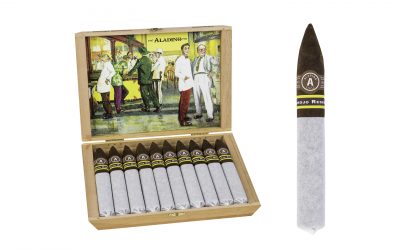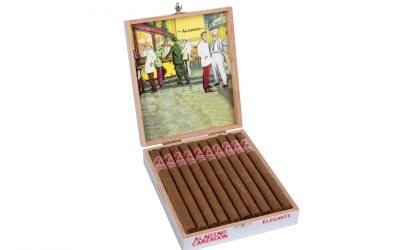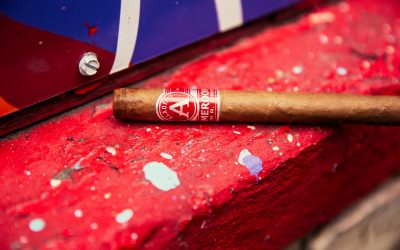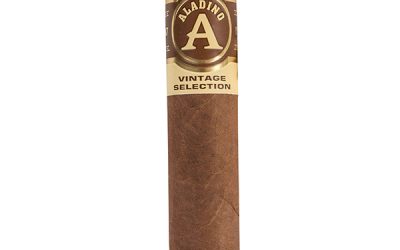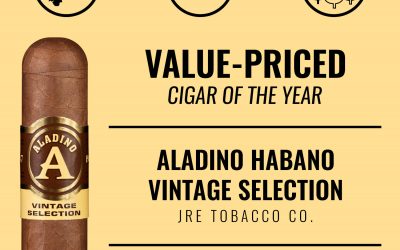Industry Legend Julio R. Eiroa
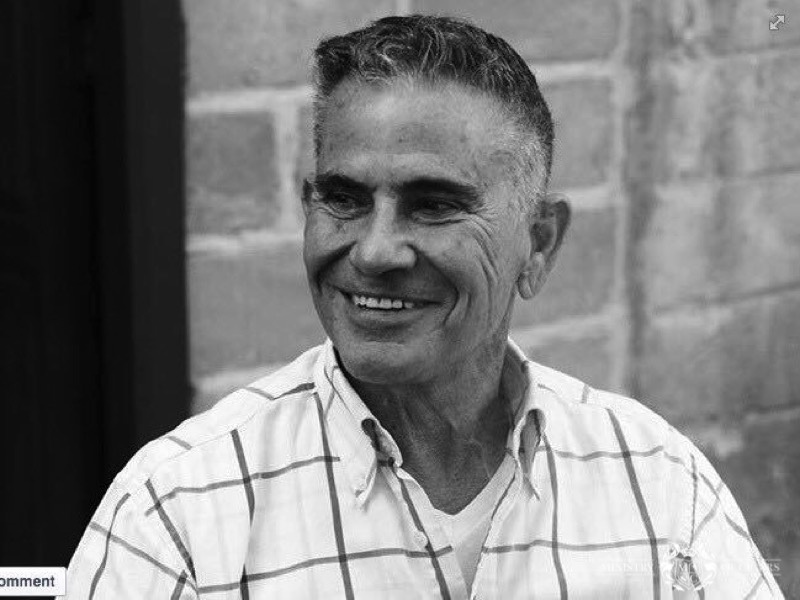
Industry legend Julio Eiroa. Every industry has legends. Some unsung heroes, some famous names. A few names that will remain in everybody’s memories forever, most will fade away over time. Some that have left us, some still alive. These legends all played their part to make the cigar industry what it is today. And they deserve to be remembered, to be recognized for their achievements. That’s why Ministry of Cigars is creating a series of articles about those legendary figures in the cigar industry. Today’s article is all about Julio Eiroa.

THE EARLY YEARS
Julio Eiroa is born in San Juan y Martinez, a town in Cuba’s famous Pinar del Rio Provence. On January 11th of 1938, and that makes Julio 83 now. But retirement is a dirty word in his book, as he’s still getting up at the break of dawn every morning to work on the fields or in the barns. Sharing his knowledge and making sure that everything is done to his standards. Standards that made him a living legend in the cigar industry. Eiroa is an industry veteran with 60 years under his belt.
Two years before the revolution, Eiroa left Cuba. He had to find refuge at the Nicaraguan embassy as the Batista regime wanted to arrest him. He managed to get to Florida, where he used to study. During his study, he befriended the Oliva family (*the tobacco growers, not the cigar manufacturers). During his exile, Eiroa worked for the Tampa cigar brand, Perfecto Garcia. He returned after Castro won but just a year Eiroa, his brothers, and his mother fled to the United States. Eiroa participated in the Bay of Pigs invasion, and if that would have been successful, he may have been a well-known farmer of Cuban tobacco now. But the invasion failed and Eiroa was back at square one. He joined the Oliva Tobacco Company. On behalf of Angel Oliva, he went to Honduras. And a year later, he ventured out as an independent tobacco farmer. Year after year he bought farms from the Honduran government, laying the base of his later success.
INNOVATOR
Eiroa worked hard and earned a reputation. In the early years mainly because of his Candela wrappers. He became the biggest grower of Candela wrapper in the world. Not only a reputation as a fantastic tobacco grower but also as an innovator. He intended a tobacco wheel that’s now used in many factories. And with Camacho, Eiroa was the first cigar manufacturer adopting the Bayer standards for good agricultural and manufacturing processes. Something that his new company JRE tobacco still works with. And that ethic he also instills in his children, including Christian, who also works according to those guidelines with CLE cigars.
The tobacco wheel is a big mechanical wheel where workers place tobacco. Before the invention of the wheel, workers would manually dry tobacco by holding a bunch of leaves and waving it around. The tobacco wheel does it for them in a more efficient way. And with lesser damage. You can see the tobacco wheel in the Hand Rolled a movie about cigars documentary or in a video on Halfwheel. Halfwheel visited the tobacco plantation of Julio Eiroa and his Las Lomas Factory.
THE ACCIDENT THAT MADE EIROA MAKE CIGARS
In 1977, Julio Eiroa had a plane crash. His Cessna 185 crashed He survived but it left him semi-paraplegic. The crash meant that Eiroa couldn’t visit the farms for a whole year. During that year, Swisher Sweets acquired the Corral Wodiska. The cigar factory in Tampa was a partner of Eiroa in one of the tobacco-growing operations. But with Eiroa out of commission, the farm was losing money. Swisher wanted to get rid of it and offered Eiroa to purchase their shares. Eiroa did. But until then, all tobacco from that operation went to Corral Wodiska. After the sale, Swisher didn’t purchase the tobacco. It forced Eiroa to start producing cigars.
The production grew and Julio’s son Christian entered the family business. Camacho and the other brands grew even more and then Davidoff showed interest. Eiroa was willing to sell as his wish was to dedicate time to the crops. The crops need 100% dedication, yet 95% of the time spent at the factory. And that passion for growing tobacco still drives Julio Eiroa to get up at the break of dawn. To be out in the fields at a time where most people still sleep. And that all at his age.
CAMACHO
In 1961, Cuban refugee Simon Camacho started Camacho. And the brand was quite successful. According to the legend, Winston Churchill was a fan even though Camacho wasn’t a Cuban cigar. Back then it was a Nicaraguan made cigar. Although, according to that same legend, the tobacco was still Cuban. But Simon Camacho passed away in 1990. Five years later, the Eiroa family manages to acquire the brand. From that moment, Camacho became a Honduran cigar. Maybe even the most famous Honduran cigar ever. The Eiroa family turned the brand into a household name, and the original blend of the Camacho Triple Maduro still gives cigar enthusiasts who had the pleasure of smoking these, goosebumps. But in 2008 things changed. The Eiroa family sold Camacho and the Rancho Jamastran factory to Oettinger Davidoff. Julio Eiroa went back to focus on his passion, growing tobacco.
In 2016 Eiroa stepped into the spotlight again. This time with his other son, Justo. Shortly before Eiroa started a new factory, Fabrica de Puros Aladino, located in Las Lomas, Jamastran. That’s where he and Justo make Aladino, Rancho Luna, and Tatascan. Aladino was Cigar Coop’s cigar of the year 2018. Initially, Christian Eiroa, Julio’s son and Justo’s younger brother was taking care of the distribution through CLE cigars. But in 2016, Julio and Justo took matters into their own hands. And not without success. The Aladino is consistently scoring well in reviews and the brand is gaining traction in the United States. Outside the USA the brand has practically no traction. But that might be because the focus of JRE is all on growing the best possible tobacco and selling cigars in the United States.
Julio Eiroa’s career in the tobacco industry spans 60 years. But that alone doesn’t make you an industry legend. But the way he put Honduras on the map as a cigar country does. And the invention of the tobacco wheel does. Implementing Bayer standards as the first cigar company ever does. The success of Camacho, since he took over, does. And the success of JRE tobacco does. Julio Eiroa is an industry legend, and one of the last remaining tobacco growers from his generation. If there is one person in the cigar industry that deserves a biography written about his life, it is Julio Eiroa. But not yet, because even though Eiroa is in his mid 80’s, he’s continuing to work. As Justo Eiroa said to Ministry of Cigars: “My father does not believe in retirement.” Justo also says that JRE Tobacco is successful in creating tobacco varieties that will surprise the market. Another chapter of the biography is yet to be written.
Archives
- June 2022
- June 2021
- May 2021
- March 2021
- February 2021
- December 2020
- October 2020
- September 2020
- August 2020
- April 2020
- March 2020
- February 2020
- January 2020
- December 2019
- November 2019
- September 2019
- August 2019
- July 2019
- June 2019
- May 2019
- January 2019
- October 2018
- August 2018
- July 2018
- April 2018
- February 2018
- January 2018
- December 2017
- November 2017
- October 2017
- September 2017
- July 2017
- May 2017
- April 2017
- March 2017
- November 2016
- March 2016
- February 2016
- January 2016










